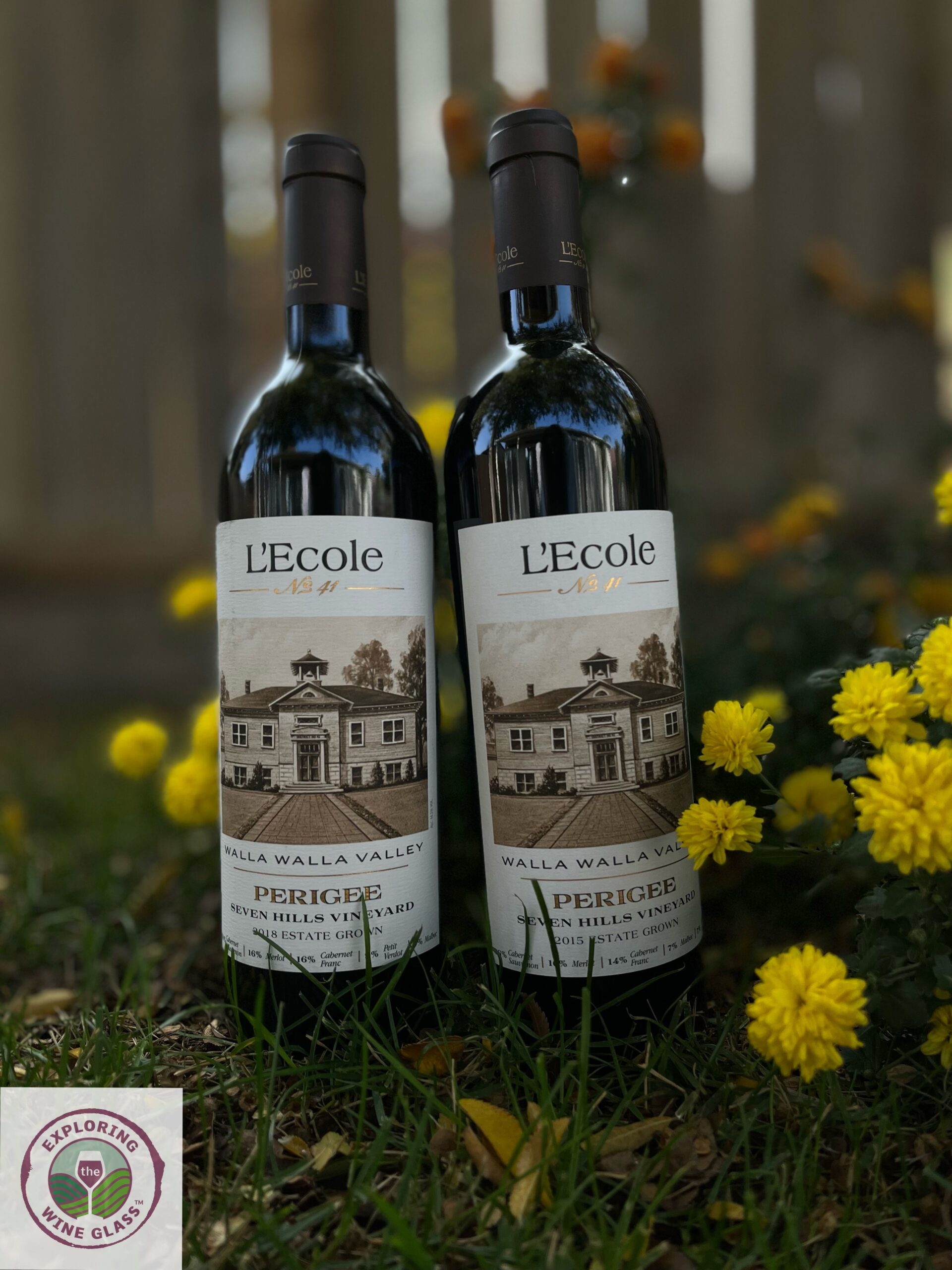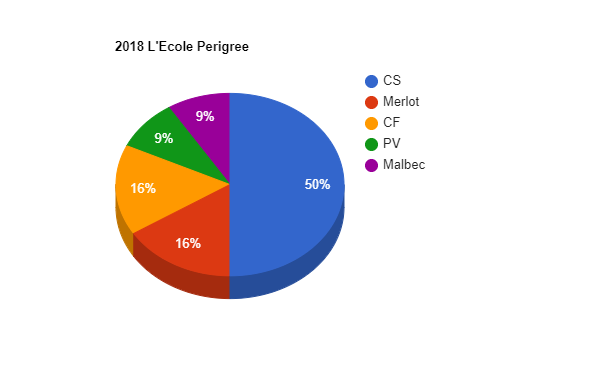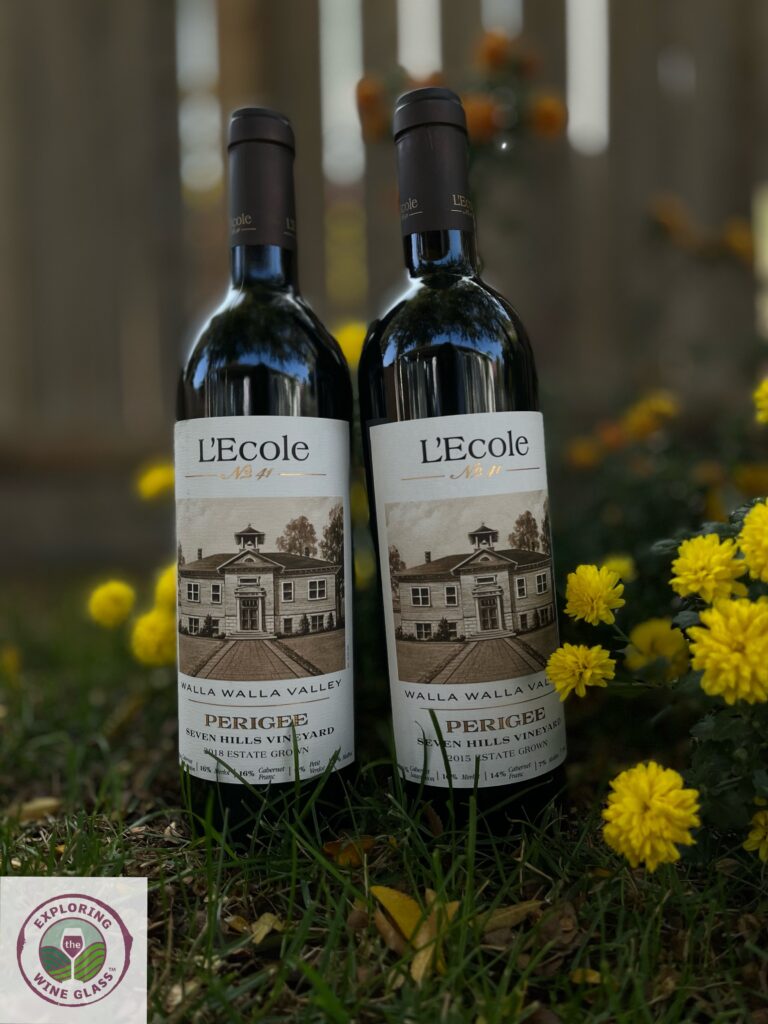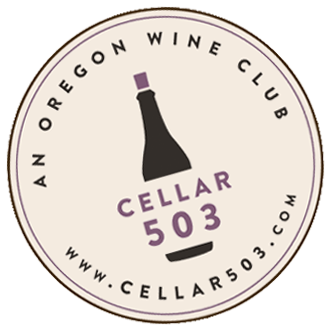When thinking about wines that age well, most people think of European wine regions. But when you consider what truly makes a wine age worthy, it isn’t the region, per se… it’s the grapes and equally important, the vintage.
Some grapes are just better than others when it comes to growing old with style. The reason why Bordeaux is so well known for older wines, is because they are predominantly Cabernet Sauvignon, Merlot, Cabernet Franc and Petit Verdot. Cabernet Sauvignon has the ability to age 20+ years, Cab Franc for 15+ years and Merlot and Petit Verdot can uphold for 10+ years.
Barring the fact that someone has stored the wine above their oven or in a west facing window, you can predict how long the wine will last by the grapes that are in the bottle. The genetics such as skin thickness, pH and acidity of the grape are additional factors in the determination of the ageability of the wine.
can predict how long the wine will last by the grapes that are in the bottle. The genetics such as skin thickness, pH and acidity of the grape are additional factors in the determination of the ageability of the wine.
In real estate, it is location, location, location. With grapes, location is important, but not for the views, rather for the climate and soil conditions. Tannins, acidity and pH are determined by the environment the grapes are grown in. Not all environments provide the proper conditions for producing wines that age well.
In basic terms, more tannins, higher acidity and lower pH are the structural backbone to allow a wine to age. The tannins predominantly come from the skins, but can be increased with barrel aging. So wines that are made with thicker skinned grapes and are barrel aged will have the propensity to age longer.
Acidity is also important in the wine’s ability to age. Some grapes naturally have more acidity than others. But again, location matters. Grapes grown in higher altitudes, ripen slower, thus allowing the acidity within the grape to be retained. In warmer climates, the grapes mature faster. The sugar levels reach ripeness but the phenolics (taste, color, and mouthfeel) do not. Warmer climate grapes have lower acid and higher alcohol while cooler climate wines express the opposite.
Just as certain grape have a propensity to age, vintages do as well. Not every vintage is the same, therefore not every vintage is age worthy. That’s why vintage charts were invented. External conditions lead to internal reactions. If the season is dry or wet; windy or still; excessive cold or hot all play a role in the phenological development of the grape. Ultimately determining if the wine will be worthy of aging.
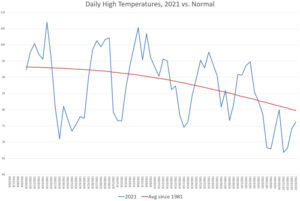
L’Ecole Has it All
Seven Hills Vineyard is located on the warmer side of Walla Walla Valley. Even in cool vintages, the vineyard is ideal for allowing Bordeaux varietals. This is imperative for the late ripening ones to be able to reach full phenolic ripeness. With a long history, just about 30 years, L’Ecole understands the soil and climate of the vineyard site. They have been sustainably farming it for over 20 years.
Perigree is the point in the orbit of the moon when it is nearest to the earth and this is a perfect name for this wine. Harvested from select parcels, Perigree is a true testament of what is so special about the estate Seven Hills Vineyard site. L’Ecole is not the only one who knows the quality that this vineyard provides, in 2004, Wine & Spirits Magazine named Seven Hills Vineyard in the top ten vineyards of the world.
There is something special about tasting different vintages at the same time. When the wine is produced from the same winery and from the same vineyard site, the “vertical” allows you to see the variations of vintage. It’s a perfect experiment, all variables are the same, except the weather conditions year to year. I had the pleasure of tasting the 2015 and 2018 L’Ecole Perigree side by side. The composition of the two vintages are pretty similar.
These two vintages demonstrate how different backbones of the wine can make it a prime candidate for aging. The 2015 vintage was the warmest in history (it was just dethroned by the 2021) and was more tannic than the 2018. The 2018, may not have had the tannic structure of the ’15, but as a result of the growing season it is full of acid, that will make it age worthy.
2015 L’Ecole Perigree
Pours bright garnet in color. Medium aromas of cola, red fruit and cedar. On the palate, dry, medium acidity, high tannin, medium alcohol and surprisingly, a medium(-) body. (I was expecting a full body) Medium flavors tobacco, dried herbs, and dark fruit. Long finish. No signs of age, in fact; if blind tasting would never guess the two are three years apart. Recommend decanting.
2018 L’Ecole Perigree
Pours bright garnet in color. Pronounced aromas of vanilla, cherry, eucalyptus, and dried herbs. On the palate, dry, high acidity, medium tannin, medium alcohol, medium body. Medium flavors graphite and dark fruit. Medium finish. Recommend decanting.
With 2021 now being the hottest vintage on record, tasting the 2015 provides a nice sneak peek into what we can expect three years from now when it is released. Both wines are available through the winery. The 2018, which is on their website and is the current release, retails for $57. However the 2015, is a behind the scenes scoop! In order to get your hands on the 2015, just call or email L’Ecole and it can be yours for $73.(two bottle minimum.)
~Sláinte!
